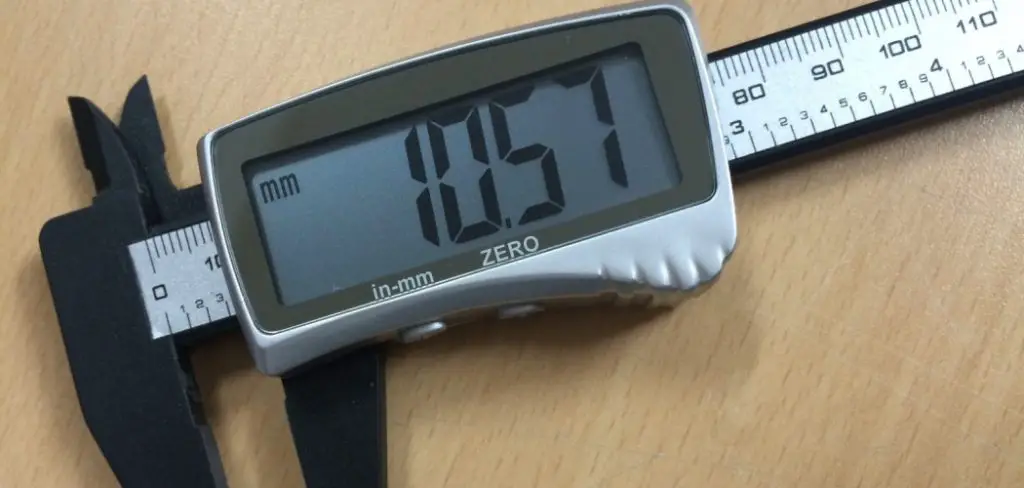Introduction
The vehicle’s braking system is considered part of the safety features a car must be stable with. In relation to this, it’s also essential to know some of the basic elements of this system, which includes what we call “brake caliper pistons.” This is somewhat new to an amateur car owner, but knowing all the information related to this is very important, especially when doing preventive maintenance and other car-related tasks. A properly-maintained braking system is essential to avoid accidents and damages along the way and for sure will make the car last longer.
Several questions may be raised, like asking these questions: What is its function? How to tell if you have single or dual-piston calipers? Is knowing this necessarily important? Don’t worry. We’ll tackle these questions in this article.
Know the basics first. What are piston calipers?
Piston calipers are responsible for allowing the brake pads to make contact with the brake pads. This, in turn, slows the car; therefore, pistons in brake calipers are very important in the vehicle’s braking system. They are designed to fit on the wheel’s rotor, something like a clamp, to keep the wheel from turning when the brakes are stepped on.
The catalyst of the pressure is the brake fluid on the pistons after stepping on the brake pedal. When this happens, the pads are forced against the brake’s rotor, slowing the car. When your foot comes off the brake pedal, the pistons and the pads withdraw, meaning the brake fluid pressure and the piston seals are dropped, which allows them to return to the status of being uncompressed.
As a piece of additional information, brake caliper pistons are usually made from steel, aluminum, or plastic. If made of steel, the brake caliper pistons are designed to be strong. If made from aluminum, it’s not heavy, but a disadvantage of aluminum is that it can cause brake fade because it can transmit a lot of heat to the brake fluid. As to having a plastic (Phenolic) brake caliper piston, this is often used in heavy-braking settings, just like in motorsport. Why? This is because plastics don’t conduct heat.
Learn to differentiate single piston calipers from dual piston calipers
“How to tell if you have single or dual piston calipers?” This is an unlikely question for a new car owner because this usually is not the focus of a newly-bought car. However, in the long run, this question may come when there is a need for maintenance. For advanced know-how regarding this, let us look at the following details.
By looking directly at the brake calipers, you can quickly tell if your car has single or dual pistons. If you have one piston, you have a single brake piston caliper. If you have two pistons, then, of course, you have a dual brake piston caliper. It’s as simple as that.
To add up the details, it is possible to have one piston on one side, one piston on both sides, or two pistons on one side with no piston on the other side. Moreover, pistons can be more than two, so it is possible to have three-piston brake calipers or four or six-piston calipers, depending on the number of pistons on each side. If you really need to count the number of pistons in your brake calipers, then the best way to check on that is to take them off and take the brake pads out.
Dual piston brake caliper vs single piston brake caliper
- Single piston calipers
- The brake pad’s footprint is limited to the piston’s diameter. The diameter is dependent on the dimensions of the brake pads and the rotor
- Uneven distribution of friction is created when the pad is flexed. This is because the pad is too long; that’s why it flexes
- Unwanted noise is created because of the uneven friction
- Safety is compromised because if flexing is more than enough, there is a tendency that the friction material can detach from the backing plate
- Dual piston calipers
- Usually, have larger brake pads and allows pressure to be evenly distributed
- Having this larger brake pad absorbs more heat (initially) with less thermal shock
- There are fewer chances of being damaged in a shorter time because of better characteristics, and the pressure is evenly distributed. In other words, the brake pads will have a longer life
- Unlike the single piston, dual piston calipers can absorb more unwanted noise and vibration because they can cover the rotor more due to its larger dimension
- It can save more fuel and prevent the car from being dragged. This is primarily because dual pistons have a more aggressive piston seal that can effectively pull back the brake pads after the brake is released.
Conclusion
Is all of this information helpful? Yes, of course. For new car owners, this is added knowledge that they can store in their heads which they can use if time and circumstances require.
So, “how do you tell if you have single or dual piston calipers?” For sure, you can already answer in a blink of an eye. This is a simple question but might sound profound, especially for newbies. Learn to appreciate this automotive basic because, in due time, this will surely help you. There is nothing wrong with doing research or even asking questions to car experts because they also were once like that. As long as you are eager to learn, that’s already a plus.
Make time to educate yourself. We always reap what we sow. Keep learning!
